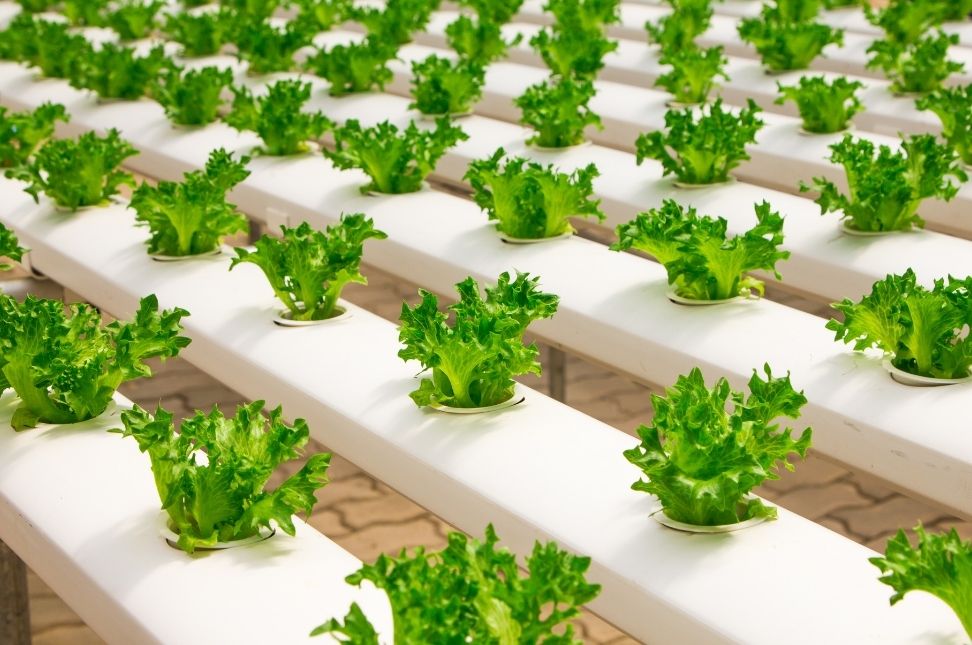Creating a wildlife habitat garden is a wonderful way to support local biodiversity and enjoy the beauty of nature right in your backyard. This guide on how to create a wildlife habitat garden will help you design a space that attracts and sustains a variety of wildlife, from birds and butterflies to beneficial insects and small mammals. Follow these steps to transform your garden into a thriving wildlife haven.
Planning Your Wildlife Habitat Garden
The first step in learning how to create a wildlife habitat garden is careful planning. Consider the following factors:
- Site Selection: Choose a location that receives plenty of sunlight and is safe from predators.
- Diversity: Plan for a variety of plants that provide food, shelter, and nesting sites.
- Water Source: Incorporate a water feature, such as a birdbath, pond, or small fountain.
Choosing the Right Plants
Selecting the right plants is crucial for how to create a wildlife habitat garden. Native plants are the best choice as they are adapted to your local climate and soil conditions and provide the most benefits to local wildlife.
- Native Flowers: Attract pollinators like bees and butterflies. Examples include coneflowers, milkweed, and goldenrod.
- Shrubs and Trees: Offer shelter and nesting sites. Consider dogwood, oak, and hawthorn.
- Grasses and Ground Covers: Provide cover and attract insects. Native grasses like bluestem and fescue are ideal.
Providing Food Sources
A key aspect of how to create a wildlife habitat garden is ensuring there are ample food sources for wildlife.
- Flowering Plants: Choose plants that bloom at different times of the year to provide a continuous food supply.
- Fruits and Nuts: Plant trees and shrubs that produce berries, nuts, or seeds. Elderberry, hazelnut, and sunflower are excellent choices.
- Feeders: Supplement natural food sources with bird feeders filled with seeds, suet, or nectar.
Creating Shelter and Nesting Sites
Wildlife needs safe places to hide from predators, rest, and raise their young. Here’s how to create these features in your garden:
- Dense Plantings: Create thickets of shrubs and trees where animals can find refuge.
- Nest Boxes: Install birdhouses, bat boxes, and insect hotels to provide nesting sites.
- Brush Piles: Leave piles of branches and leaves to offer shelter for small mammals, reptiles, and insects.
Adding a Water Feature
Water is essential for wildlife. Including a water feature in your garden is a vital part of how to create a wildlife habitat garden.
- Birdbaths: Simple and effective, birdbaths provide drinking and bathing water.
- Ponds: Even a small pond can attract frogs, dragonflies, and other aquatic life.
- Water Fountains: Moving water can attract birds and deter mosquitoes.
Maintaining Your Wildlife Habitat Garden
Maintenance is essential to keep your garden thriving and attractive to wildlife. Here are some tips:
- Avoid Chemicals: Use organic gardening practices to avoid harming wildlife with pesticides and herbicides.
- Prune and Trim: Regularly prune plants to encourage healthy growth and maintain shelter spaces.
- Monitor and Adjust: Observe the wildlife visiting your garden and make adjustments as needed to improve its habitat value.
Encouraging Biodiversity
A diverse garden will attract a wider range of wildlife. Here’s how to enhance biodiversity:
- Layered Planting: Create layers with trees, shrubs, and ground covers to provide different types of habitats.
- Seasonal Variety: Include plants that bloom or bear fruit at different times to support wildlife year-round.
- Habitat Features: Add logs, rocks, and leaf litter to provide microhabitats for various creatures.
Getting Certified
Many organizations offer certification programs for wildlife habitat gardens. Achieving certification can be a rewarding acknowledgment of your efforts and can inspire others to create their own habitats.
- National Wildlife Federation: Offers a well-known certification program for wildlife habitats.
- Local Programs: Check for regional or national programs in the UK and Canada that recognize wildlife-friendly gardens.
Benefits of a Wildlife Habitat Garden
Creating a wildlife habitat garden not only supports local wildlife but also provides numerous benefits to gardeners:
- Educational: Learn about local species and ecosystems.
- Aesthetic: Enjoy the beauty and tranquility of a garden teeming with life.
- Environmental: Contribute to conservation efforts and help combat habitat loss.
Conclusion
Understanding how to create a wildlife habitat garden is a rewarding endeavor that benefits both wildlife and gardeners. By selecting the right plants, providing food and water, and creating shelter, you can transform your garden into a vibrant haven for a wide range of species. Regular maintenance and a commitment to organic practices will ensure your garden remains a healthy, thriving ecosystem.
So, start planning and planting, and enjoy the wonderful experience of bringing nature closer to home. This guide on how to create a wildlife habitat garden will help you make a positive impact on your local environment while enjoying the beauty and diversity of wildlife.




